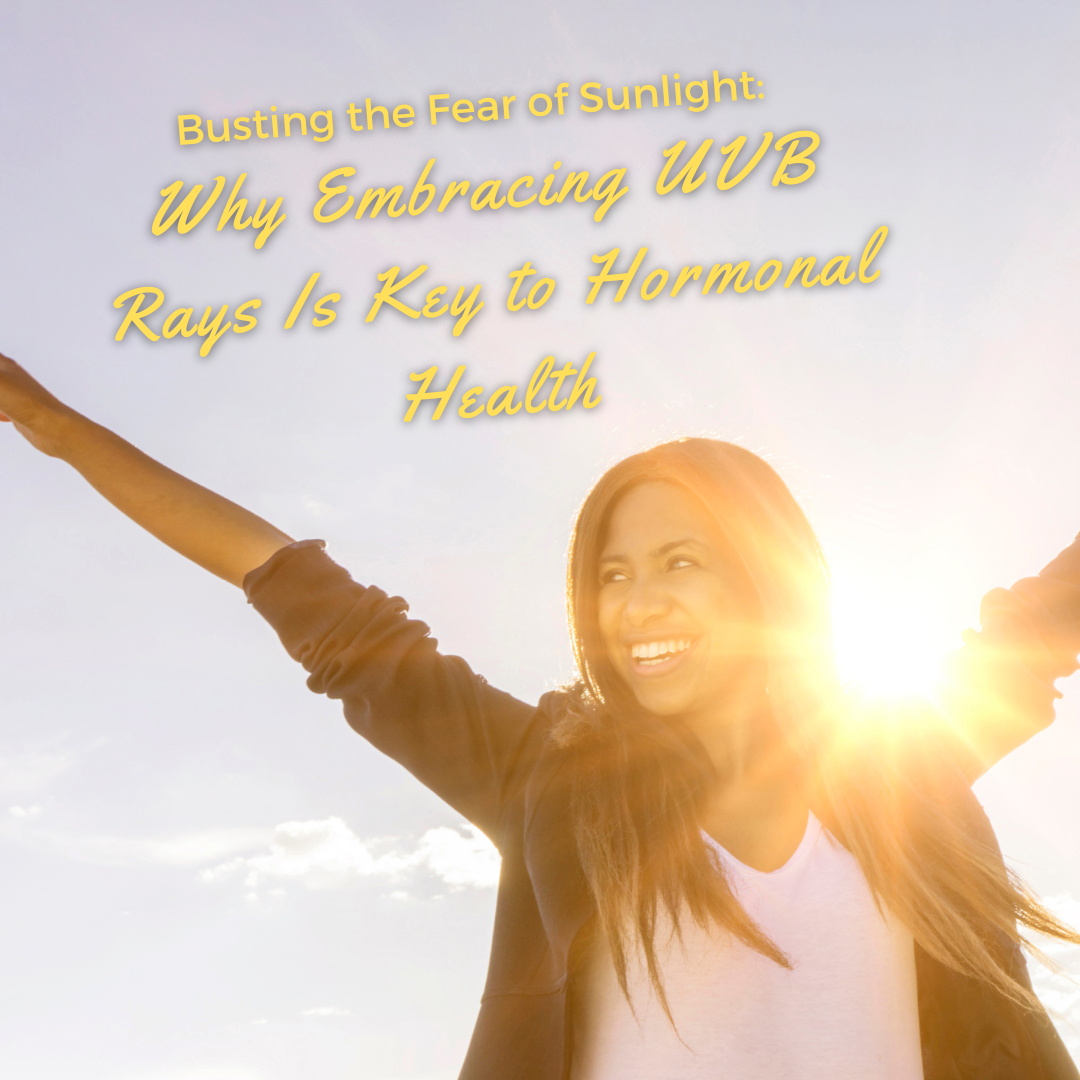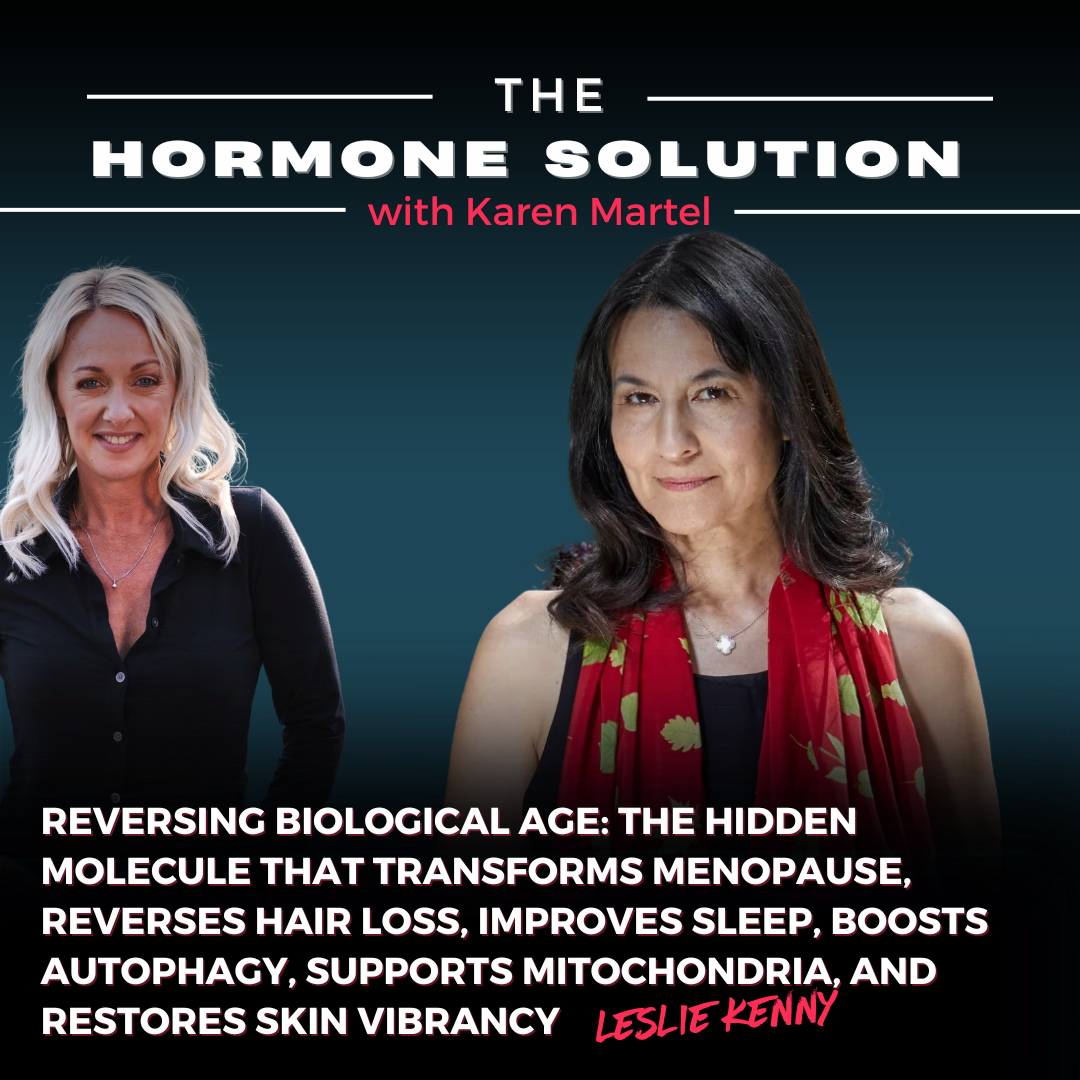
Busting the Fear of Sunlight: Why Embracing UVB Rays Is Key to Hormonal Health
Picture this: a life where your mood lightens, your energy soars, and your hormones stay balanced—all thanks to the power of light. It’s not magic; it’s the incredible benefits of UVB rays and natural sunlight, the unsung heroes of our health and well-being. The Importance of Vitamin D and UVB Rays Vitamin D is essential for hormone regulation, immune support, and overall health. It’s often called the “sunshine vitamin” because our bodies produce it when our skin is exposed to UVB rays from the sun. Yet, modern lifestyles have led many of us to avoid the sun entirely, slathering on sunscreen, staying indoors, and covering up to protect against skin damage. While caution is wise, this overcorrection has left many of us deficient in vitamin D, contributing to hormonal imbalances, low energy, and even mood disorders like Seasonal Affective Disorder (SAD).
What is Seasonal Affective Disorder (SAD)?
SAD is a type of depression that typically occurs during the darker months when sunlight exposure is limited. Symptoms include fatigue, low mood, and difficulty concentrating—issues that are exacerbated when our bodies lack the vitamin D and serotonin boosts provided by natural sunlight. For those of us navigating menopause, these symptoms can feel even more pronounced as hormonal changes add to the mix.
Embracing Sunlight Safely
Instead of fearing the sun, it’s time to embrace it in safe and mindful ways. Moderate sunlight exposure can:
- Stimulate vitamin D production, supporting bone health, immunity, and hormone regulation.
- Boost serotonin levels, improving mood and energy.
- Help align your circadian rhythm, the body’s natural clock, which governs sleep and hormone cycles.
UVB rays, which are essential for vitamin D synthesis in our skin, are most abundant during midday when the sun is at its highest point in the sky. Here are some key points to keep in mind:
- Midday is Prime Time:UVB rays are strongest between approximately 10 a.m. and 3 p.m. depending on the time of year and your geographic location. This is when your skin can most efficiently produce vitamin D.
- Seasonal Variations:In some regions, especially farther from the equator, UVB rays may be insufficient during fall and winter months for vitamin D production, even at midday. This is why many people experience seasonal affective disorder (SAD) or lower vitamin D levels during these times.
- Minimal Barrier Needed:To synthesize vitamin D, your skin needs direct sunlight exposure. Wearing sunscreen, covering your skin with clothing, or sitting behind glass (like a window) can block UVB rays, reducing your body’s ability to make vitamin D.
- Safe Sun Practices:While midday sun exposure is important for UVB absorption, it’s also when UV radiation is strongest. Aim for short, unprotected exposure (10–30 minutes, depending on skin type) to avoid overexposure, and protect your skin after that.
The Role of Circadian Health in Hormonal Balance
Your circadian rhythm plays a crucial role in regulating hormones like melatonin, cortisol, and more. Here’s why it matters:
- Melatonin: Exposure to natural light during the day and darkness at night helps your body produce melatonin, the hormone responsible for restful sleep.
- Cortisol: This stress hormone follows a natural rhythm, peaking in the morning to energize you and tapering off at night. Disrupted light exposure can throw this balance off, leading to fatigue and stress.
- Other Hormones: Proper circadian health supports the regulation of estrogen, progesterone, and testosterone, all of which are crucial during menopause.
My Winter Wellness Hack: The Mitolux Sun Lamp
While embracing natural sunlight is ideal, it’s not always practical—especially during long, dark winters. That’s where the Mitolux Sun Lamp comes in. I use it daily to mimic the sun’s natural benefits, particularly its UVB rays, during the colder months.
The Mitolux Sun Lamp offers a variety of light wavelengths to target key health areas:
- UVB (295nm): Boosts vitamin D production, uplifts mood, and supports hormonal health.
- Amber (590nm): Reduces skin redness, wrinkles, and inflammation.
- Red (630nm): Enhances collagen production, eases joint pain, and supports fat loss.
- NIR (850nm): Relieves pain and promotes muscle and joint recovery.
Why I Love the Mitolux Sun Lamp
Winter in Canada can be downright gloomy, I do not get any UVB benefits but having the Mitolux on my desk has been a game-changer. I use it multiple times a day to keep my energy up, support my hormones, and stay aligned with my body’s natural rhythms. If you’re looking for a way to stay vibrant and balanced during the darker months, this lamp is a fantastic option.
Ready to harness the power of light? Let the Mitolux Sun Lamp illuminate your path to better health and wellness. Because you deserve to shine—inside and out!
Get 10% off your UVB Vitamin D Red Light Mitolux Box here with coupon code KM10!

Find Karen Martel on Apply Podcast
Karen Martel is a Certified Hormone Specialist and Transformational Nutrition Coach dedicated to empowering women through their health journeys.
As the host of the popular podcast The Hormone Solution, Karen tackles the complexities of hormonal health, weight loss resistance, and the challenges that come with perimenopause and menopause.
Her mission is to disrupt outdated narratives surrounding women's health, providing reliable information and practical solutions that help women reclaim their vitality. With personal experience overcoming her own health struggles, Karen offers insights into hormone optimization and sustainable weight management strategies.
Join her as she engages in enlightening conversations with experts and shares actionable advice, all aimed at helping women navigate their unique hormonal landscapes with confidence and clarity. Tune in to discover how to embrace life's stages while enhancing overall well-being.






